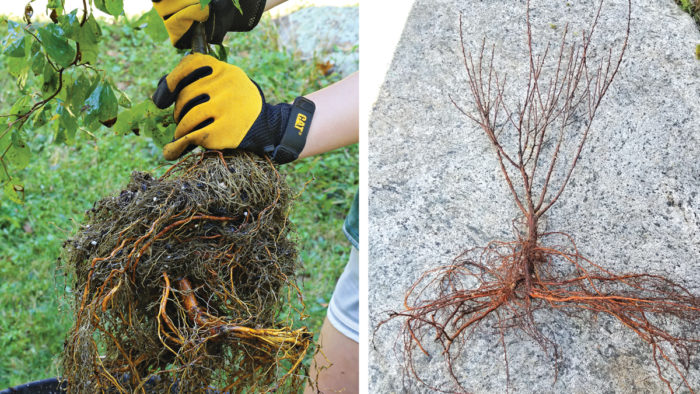
Earlier this year we published a piece on root washing (“Healthy Garden,” January/February 2020), the practice of removing all the soil from a containerized or balled-and-burlapped (B&B) plant prior to planting. This piece generated more than a little pushback from plantspeople and experienced gardeners alike. Internationally renowned woody plant expert Paul Cappiello, executive director of Yew Dell Gardens in Crestwood, Kentucky, offered to help us sort through the confusion.
I agree wholeheartedly that root washing prior to planting can identify root problems that can then be corrected through pruning and the general untangling of existing roots. Root washing also makes it easy to ensure that nursery plants, which are sometimes planted too deeply at the nursery, can be reestablished at the proper depth. But there are some important things to know before one decides to wash the roots of a new plant.

1. Not all plants are candidates. While root washing has its benefits, it has some limitations as well. For one thing, it is certainly not for all plants. Some plants have extremely delicate and finicky root systems and can’t abide any sort of disturbance when transplanting. Others are tough as nails. Take a forsythia (Forsythia spp. and cvs., Zones 4–9) out of its container, throw it on the driveway and run over it with your car, and it’s quite likely that you could plant it and have it survive. But have you ever tried transplanting a daphne (Daphne spp. and cvs., Zones 5–9)?
|
|
|
Those with a lifetime of gardening experience have acquired their knowledge through many years of trial and error. For less-experienced gardeners or the general public, root-washing recommendations need to be offered with a grain of caution and not offered as a cure-all for all plants.
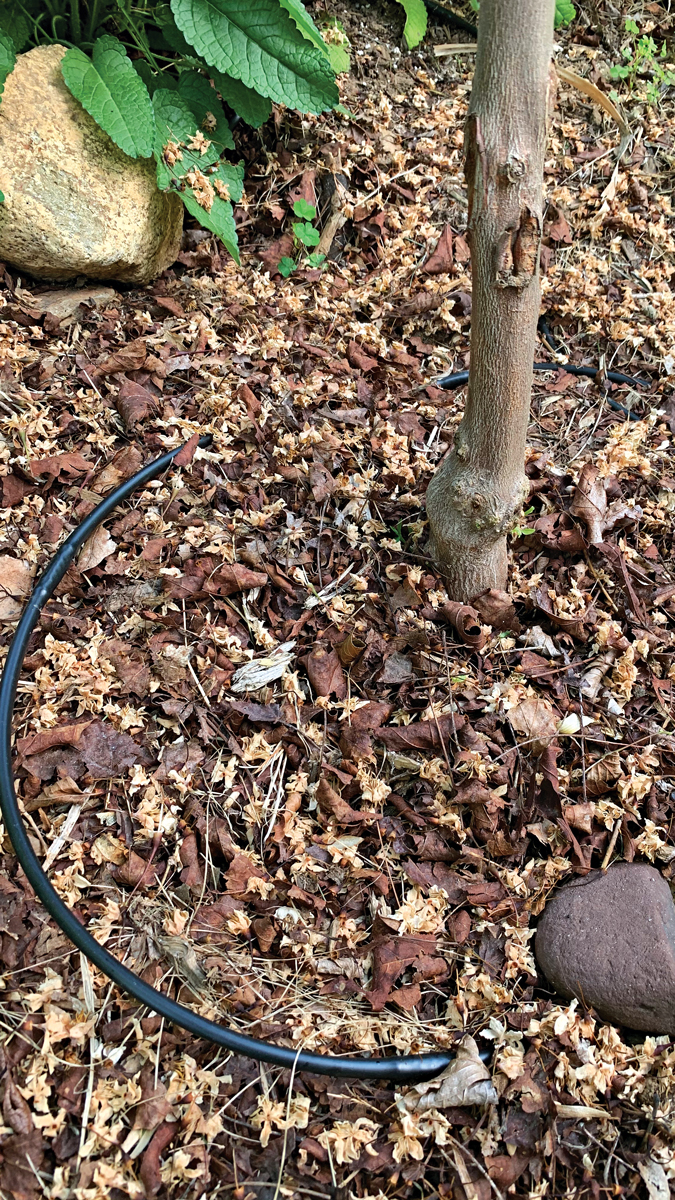
2. Lack of water is the main problem. One common argument in favor of root washing is that container plants are most likely to fail because their root systems do not reestablish in the landscape. While that may be technically true, the primary reason those root systems fail to establish is far less complicated: lack of water. Again, the experienced gardener might water a plant sufficiently, but the vast majority of container-grown plants taken home from the garden center each spring are purchased by people with little experience. They often don’t realize that container plants in the nursery are irrigated sometimes two or three times a day. It is not uncommon for inexperienced gardeners to be surprised at learning that they have to water their new plants more than once a week.
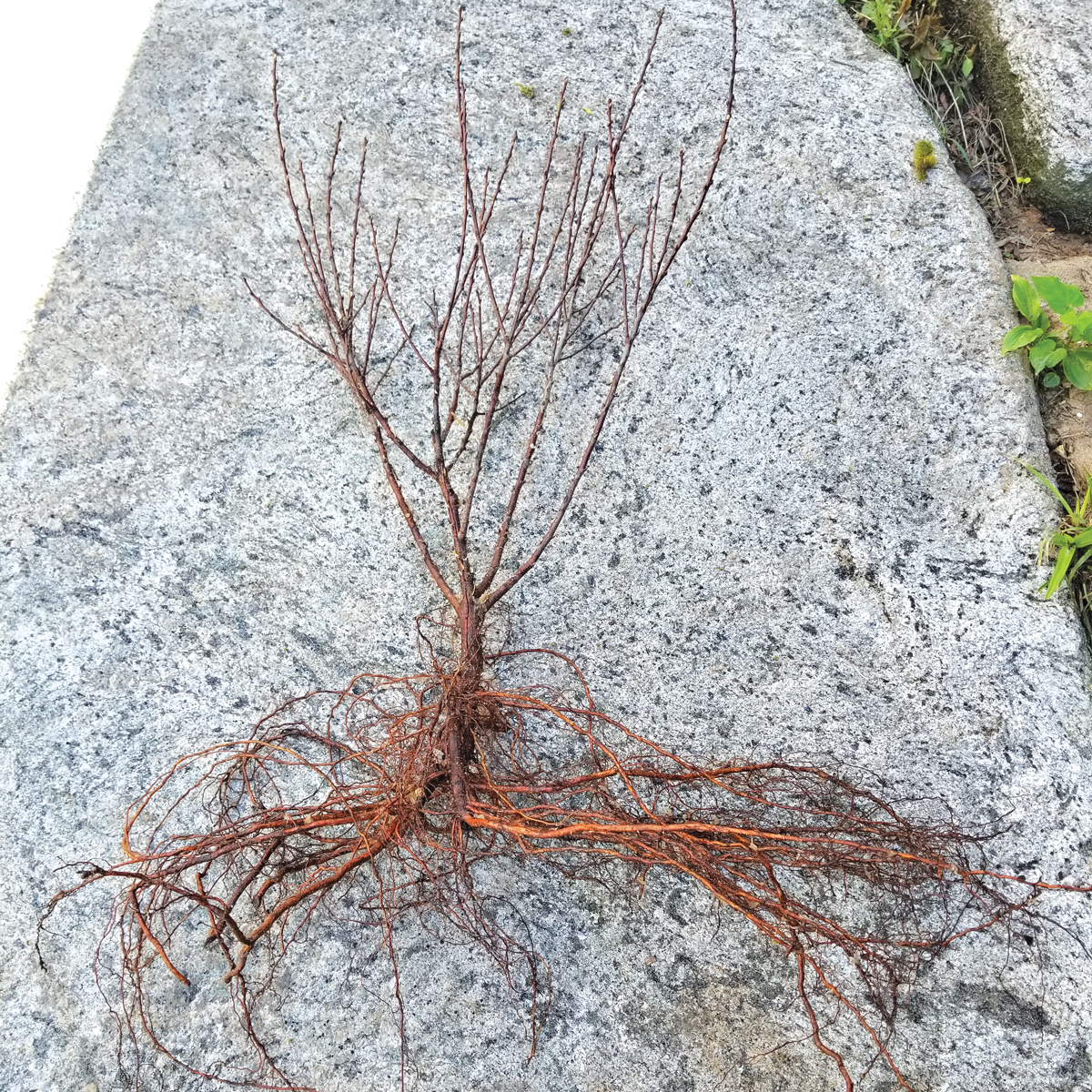
3. Success depends on the gardener. Another claim in favor of root washing is that bareroot plants are more likely to establish than container-grown plants. I have to disagree completely. Sure, in a university research project or at the hands of an experienced gardener that might technically be true. But one of my nongardening friends or neighbors turned loose with a trunkful of bareroot plants is not a recipe for success. From required staking to planting depth to handling and watering, there are just way too many variables to overcome with bareroot plants.
4. New plants need TLC. The term “transplant shock” sounds bad because it is bad, but it is real. When we dig a plant from a field nursery, and even when we get finished beating up a container-grown plant’s root system, we’ve effected a major insult on that plant. It is usually missing a gigantic portion of vits original root system. Anything we can do to communicate to customers at the garden center that these plants will need some time in the horticultural ICU goes a long way toward teaching them that unlike our desktop printers, plants are not plug and play.
5. Top growth is crucial. You might have heard that container and B&B plants with intact root systems (rather than root-washed systems) push out more top growth because the roots haven’t been disturbed and the plants need those resources to go to root growth rather than top growth. But this clearly misses the basics of plant carbohydrate physiology. Research done decades ago established that only the very early and initial flush of root and shoot growth is supported by stored reserves. The remainder, and in fact the vast majority of growth throughout the season, is supported by current photosynthetic activity. This means that in order for the plant to maximize root regrowth after transplanting, it needs vigorous new top growth to serve as the plant’s engine.
6. Dormancy is the best time to root wash. Contrary to what readers of this piece may think, I am actually a fan of root washing. But even with 50 years of experience gardening and conducting research on gardening and plant cultivation, I would rarely—if ever—root wash a plant in full leaf. That would file down the margin for error to a razor-thin sliver. The vast majority of water absorption by roots is done by the very finest root hairs, and they are so fragile and delicate that even the most deft hand can and will cause damage to and/or loss of many of those root hairs during the root-washing process.
Again, root washing is a great idea in some cases. It is a great way to make sure you give your plant a good start and to eliminate circling roots. And anything that gets gardeners to look more closely at any part of their plant is a good thing in my book. But it is important to understand the whys and wherefores so that we set ourselves up for success rather than failure.
If you’re a beginner but love to experiment and don’t mind losing a plant here and there in the process, go for it. If you’ve killed your fair share of plants and now have a good feel for which plants tolerate root washing well and which plants don’t, follow your best assessment. An experienced hand washing the roots of a bombproof plant during the dormant season is the safest option. An inexperienced gardener washing the roots of a finicky plant in the middle of a July drought? That’s playing with fire.


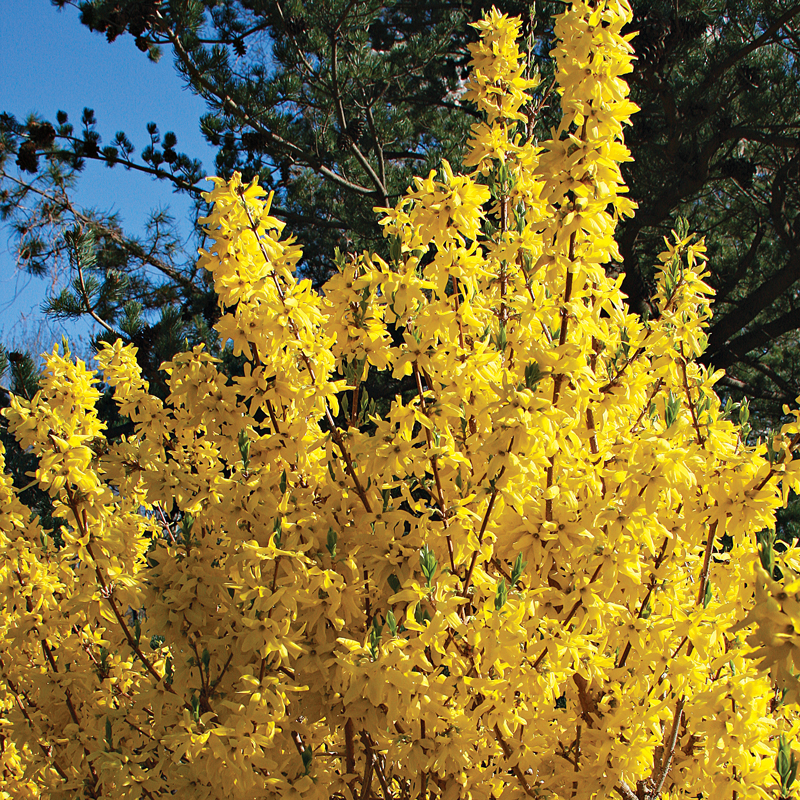
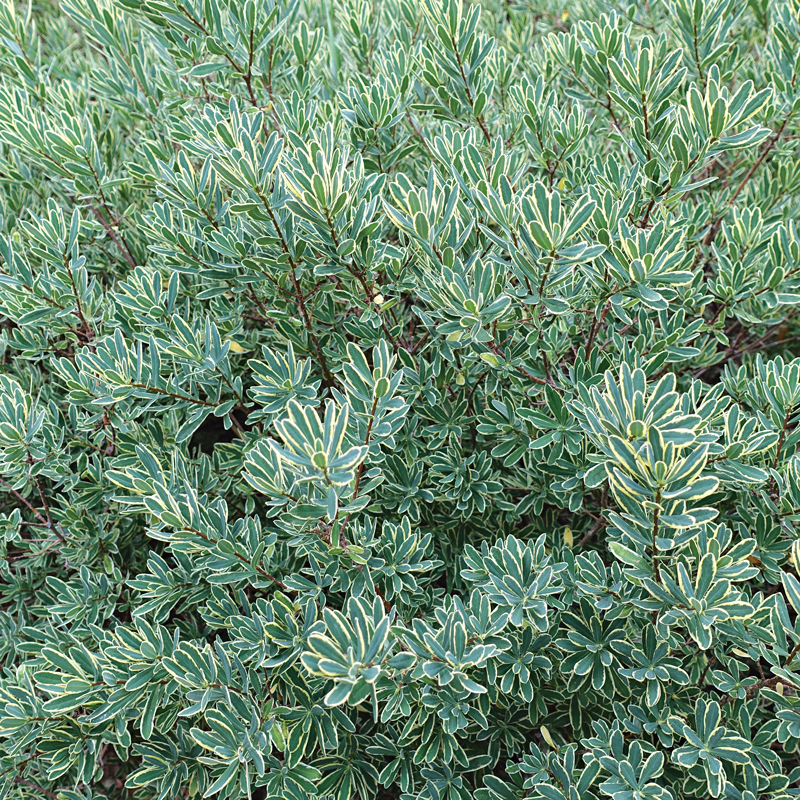
















Comments
Log in or create an account to post a comment.
Sign up Log in